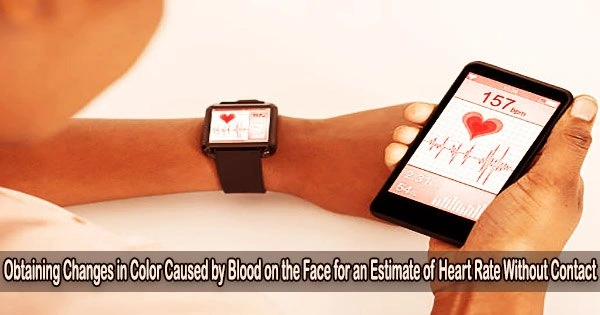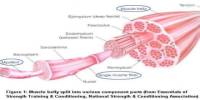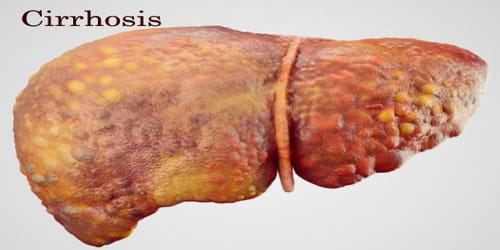Estimating heart rate (HR) is a crucial part of health monitoring and offers helpful information about a person’s mental and physiological state. Researchers have been looking into newer ways for contactless HR estimation for the past ten or so years, mainly to get around the discomfort or dermatitis that come with traditional approaches that call for physical touch. Non-contact HR estimation using cameras is an example of one such method.
The technique focuses on the blood volume pulse (BVP), which generates minute temporal variations in the color of the skin that can be seen in recordings. One can determine HR by looking at these color variations. However, due to the small magnitude of these color changes, facial movements, ambient lighting variations, and noise adversely affect the accuracy of HR estimation.
A group of researchers from Japan have recently created a cutting-edge technique that makes use of the blood pulse’s temporal properties to overcome these difficulties. Importantly, it capitalizes on the pulse’s capacity to display quasi-periodic behavior, which sets it apart from noise artifacts.
The study was led by Dr. Yoshihiro Maeda, Junior Associate Professor, from the Department of Electrical Engineering at the Tokyo University of Science and is published in IEEE Access. Professor Takayuki Hamamoto and Kosuke Kurihara from the Tokyo University of Science and Associate Professor Daisuke Sugimura from the Department of Computer Science, Tsuda University, were also a part of this study.
Dynamic mode decomposition (DMD), a method for examining spatio-temporal structures in multi-dimensional time-series signals, is used in the suggested method. Additionally, it makes use of adaptive selection of the best spatiotemporal structure based on medical understanding of HR frequencies.
This achievement is expected to play a significant role as a fundamental technology for vital monitoring systems in the medical and fitness fields. The breakthrough contactless method holds great potential for non-contact heart rate estimation in various applications, such as remote health monitoring and physiological assessments.
Dr. Yoshihiro Maeda
“Our method, unlike previous applications of DMD, effectively models and extracts the BVP signal by incorporating physics-informed DMD in a time-delay coordinate system, taking into account the nonlinearity and quasi-periodicity of the BVP dynamics,” explains Kosuke Kurihara, a Ph.D. student.
The proposed system does not require any attached detectors on the subject’s body; instead, it tracks time-series data from films of the subject’s face. This technique helps to extract information about changes in blood volume that are occurring beneath the skin by converting the video time-series of the face, which are used to monitor continuous changes, into RGB time-series signals.
The observed RGB signals are transformed to pulse wave information data after efficiently removing any noise or inaccurate information that might have crept into the data.
The DMD approach can be used to extract pulse waves with significant and precise information in a time-delayed coordinate system with conservative dynamics modeling.
To demonstrate the efficacy of this method, the researchers used 67 facial videos from three publicly available datasets namely TokyoTech Remote PPG dataset, MR-NIRP dataset, and UBFC-RPPG dataset. The results of this method were then compared with other non-contact HR estimation methods, including DistancePPG, SparsePPG, SAMC, Hierarchical, and MTTS-CAN.
It’s interesting to note that the proposed method, using the information of the typical range of pulse wave components, adaptively chooses the dynamic mode with the most pulse wave components. As a result, especially in settings with fluctuating ambient light, the technique demonstrated a 36.5% boost in estimating accuracy compared to traditional methods.
“This achievement is expected to play a significant role as a fundamental technology for vital monitoring systems in the medical and fitness fields. The breakthrough contactless method holds great potential for non-contact heart rate estimation in various applications, such as remote health monitoring and physiological assessments,” concludes Dr. Maeda.
The study’s conclusions open up new avenues for advancing medical technology and raising the general comfort and wellbeing of patients. Future study will be required to investigate multispectral information-incorporating strategies that can help to improve the method’s accuracy and reduce noise.
















